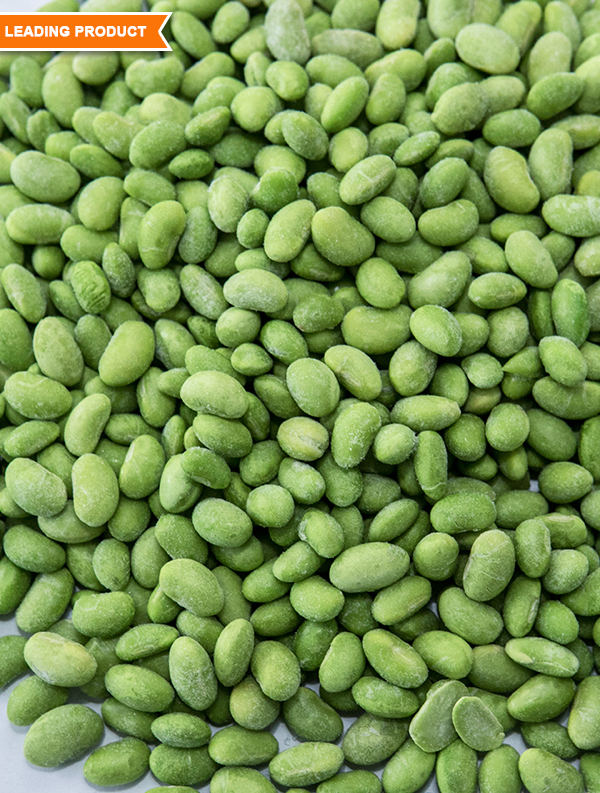The problems in the production process mainly exist in small businesses and hand workshops. In the true sense of quick freezing, the pretreated food is placed in a device at 30°C to 40°C, and the core temperature of the food is reduced from -1°C to -5°C through the largest ice crystal formation zone within 30 minutes. The diameter of ice crystals is less than 100 microns. The temperature of the food center after quick-freezing is below -18°C. At present, some large-scale enterprises have adopted tunnel-type quick freezing for quick-frozen food. The freezing process is completed through professional quick-freezing production lines, and their products can meet the standard requirements. However, due to the temptation of economic benefits, many small enterprises and handicraft workshops that do not have the production conditions have also been put into production, using ordinary freezers to complete the freezing process. The freezing process is slow, and the freezing temperature is far from reaching the requirements of quick-frozen food. The food produced in this way cannot be called quick-frozen food, at most it can only be called frozen food. The ice crystals produced during the freezing process are small in number, large in volume, unevenly distributed, and food quality is poor. These products are often mixed into the market at low prices and sold as quick-frozen foods. Although the appearance is not much different from that of quick-frozen food, its nutritional value and hygiene index are greatly reduced.


 English
English 简体中文
简体中文 日本語
日本語
 English
English